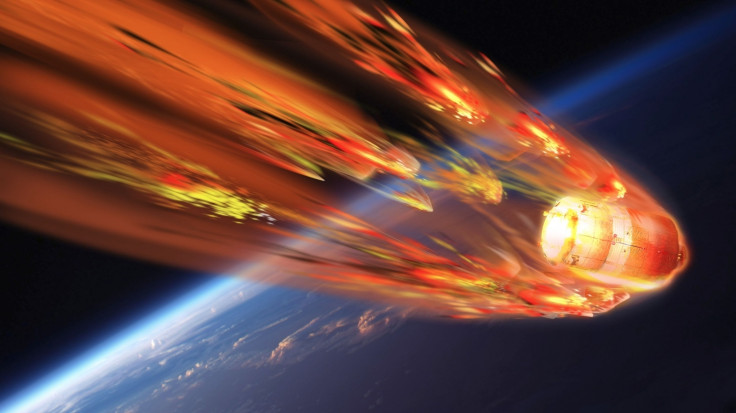Tiangong-1: Out-of-control space station will crash to Earth between March and April
The space agency also predicts that the spacecraft will re-enter between the 43rd north and south parallels.
The European Space Agency's Space Debris Office has announced that it expects China's out-of-control Tiangong-1 space station to re-enter the Earth's atmosphere sometime between mid-March and mid-April.
However, the office warns that this estimate is "highly variable" and subject to change due to a variety of factors, such as changes in the Earth's atmosphere.
The space agency also predicts that the spacecraft will re-enter somewhere between the 43<sup>rd north and south parallels. This large portion of the Earth either side of the equator includes many populous countries, including the US, China and Japan. However, it is important to note that the odds of a piece of Tiangong hitting someone are infinitesimally small.
Tiangong-1 is China's first manned space lab and was launched in 2011. But in March 2016, Beijing lost control over it, probably due to a faulty battery charger. China has previously told the UN that it is expected to re-enter the atmosphere between the first 10 days of February and the first 10 days of March.

The space lab measures approximately 10.4 metres long and 3 .4 metres across and weighs around 8.5 metric tons.
Satellites and spacecraft fall to Earth all the time, usually burning up completely during re-entry. However, Tiangong-1's size means there is a small possibility that some large chunks may make it to the surface.
Normally, mission operators have a plan to safely bring spacecraft of this size down into the oceans via a controlled re-entry.





















